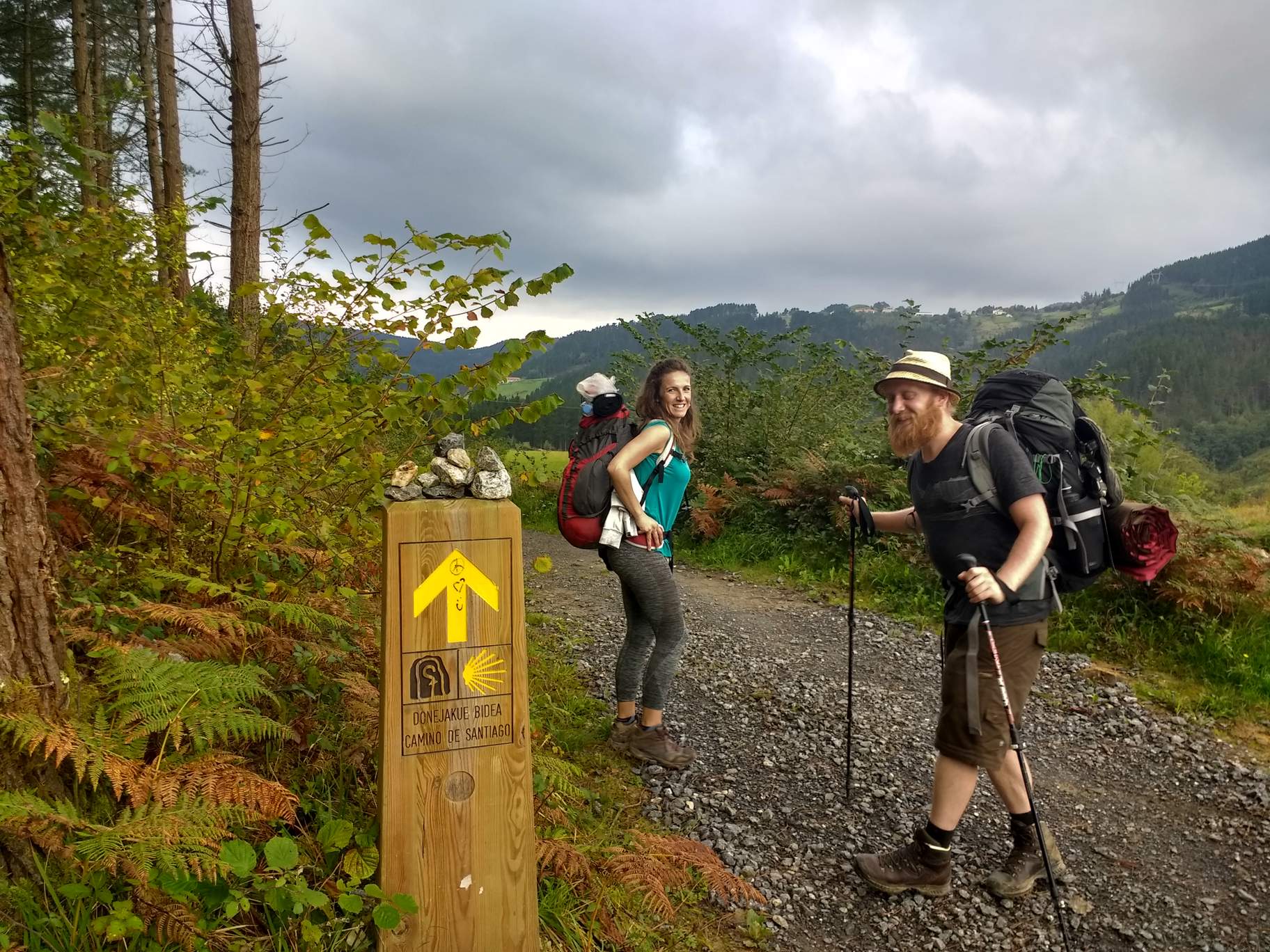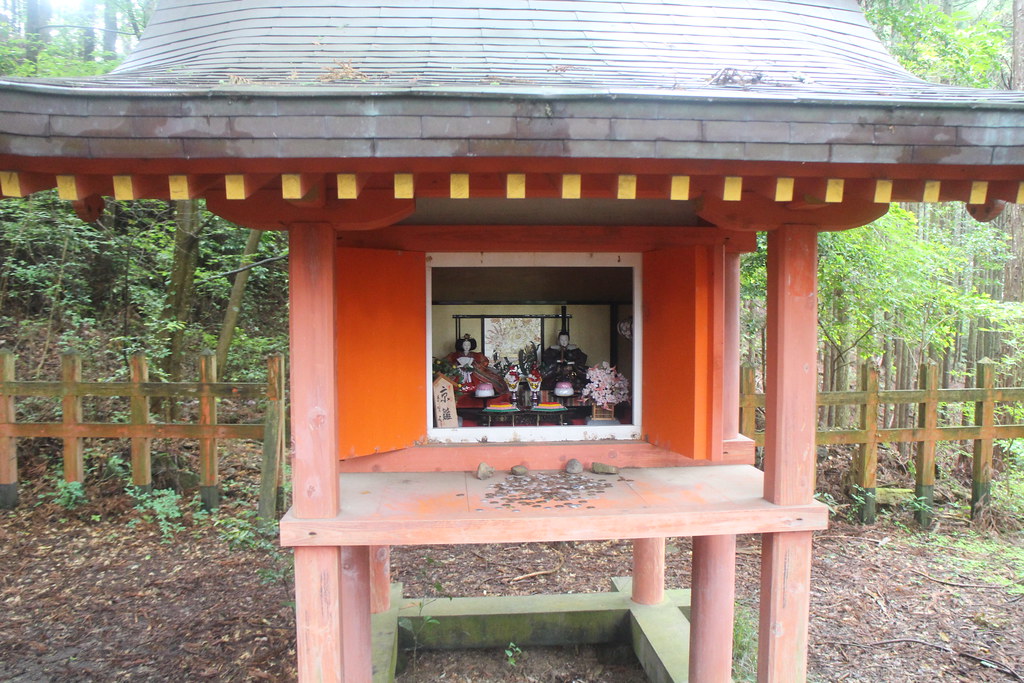You’ll never walk more steps in a day than when you’re traveling. Whether it’s hopping from cafe to cafe in Brussels, wandering the halls of the Metropolitan Museum of Art, or hiking the Appalachian trail you’re almost always certain to hit that 10,000 step a day goal. My wife and I frequently end our days abroad by checking our smart watches to see how many miles we’ve walked, and we are almost never disappointed.

While for many, a pilgrimage has only religious connections, for others that is not the case. Recently, a friend of mine, Maryjane Nolan, completed her third pilgrimage. Her most recent was the Via Francigena, which begins in Canterbury and ends in Rome, although with time constraints she did the portion from Lucca to Siena in eight days. She found that, for many fellow-travelers, the journey did have some religious aspect to it. “A fair number of people, I think, grew up Catholic or are angry or estranged from the Church in some kind of way and the pilgrimage, I think, was a way to stay in touch with that aspect of themselves.” A lot of other people, including herself, enjoy the connection one feels walking on a path that was built a thousand years ago. “That’s one of the things you think about,” she explained, “all the people who walked this before you and who will after you.”
If you walk all of the 2,078 Km of the Via Francigena you’ll pass through some of Europe’s most impressive towns, cities, and landscapes. You could grab a drink in Champagne, see Lake Geneva in Switzerland or some astounding vistas in the Alps, march in the shade of cypress lined trees in Tuscany, and marvel at the ancient streets of Siena.

But you’re not obligated to do all of it. Any portion of it is worth your time. Maryjane explained that, for her, there was a cathartic aspect. “I found that a lot of times when I do these walks at the start I would be thinking about things from the past and getting very angry about them. Like things I haven’t thought about in 20 years and I don’t know why they popped into my head. And … after a while that passed and I started thinking about the future and all the anxieties about the future, but then eventually you just stop and you’re just walking.” She described it as an exercise in mindfulness, a sort of meditation.

Maryjane’s first pilgrimage was the “Way of St. James” often called the Camino de Santiago. The UNESCO World Heritage site has a few routes, but the most famous is the Camino Frances, which begins in the Pyrenees and ends at the cathedral of Santiago de Compostela, which is said to host relics of the apostle St. James himself. The 1,200-year-old, 240 Km walk takes about two weeks and will bring you through Medieval towns and cities like Pamplona (if you time it right you can run with the bulls!) and Leon. While you sample tapas and wines along the way you’ll find a lot of encouragement from the locals. “Pilgrims have something of a special status. I remember one day it was just awful. There was an awful walk along the highway and it was raining, and I was huddled under my poncho. I was bundled up and miserable but as we were going along the highway so many trucks and cars were cheering us on.” Despite the name, the “walk” doesn’t need to be done just on foot. Pilgrims can travel it on horseback or on bicycle as well.
On the other side of the world lies its companion pilgrimage, the Kumano Kodo, in Japan. This walk is actually a series of trails that all lead to Kumano, which host three major shrines: Hongu Taisha, Nachi Taisha and Hayatama Taisha. These shrines, collectively known as Kumano Sanzan, are said to be so old they are mentioned in Japan’s founding mythology. While each route can be equally impressive, each one has its own flavor. The Nakahechi route, for instance, was once heavily used by the imperial family and provides traditional lodgings in remote countryside towns. Other routes can bring you through mountains or provide views of the Pacific Ocean, all at varied difficulties.

Those who do both the Camino de Santiago and the Kumano Kodo can earn the status of a “Dual Pilgrim” and even earn a pin badge. Pilgrims collect stamps along each route in the Dual Pilgrim Credential, a sort of passport for pilgrims.
While the paths of any pilgrimage are meant to be walked on, they aren’t always for the faint of heart, some paths cross over mountains and others remain on more flat terrain, but you do need to be ready for a lot of walking. “A shorter day would be 10-12 miles and a long day is about 16-17,” Maryjane explained. She explained that on the Via Francigena she really felt like she had earned her glass of wine each night since every city happened to be up a tall hill, a final challenge at the end of the day.
A good pair of boots is a must. It’s equally important to choose the right time of year to do these walks. Maryjane, who lives in Abu Dhabi, had been warned that summer in Italy could get hot but brushed off those warnings since where she lives temperatures frequently climb over 100 degrees. But when she got there, Italy was experiencing a heat wave the locals were calling “Lucifer.” She reflected that “Spring or Autumn might have been better.”

Maryjane is looking at other, more obscure pilgrimages to do in the future. She just heard of one in Greece. She’s also thinking of revisiting some on horseback. Another one, from Florence to Rome, has caught her attention.
These days, when I plan a trip, I usually have to decide between a city trip or a nature trip. Will I be gazing at mountains or architecture? But the idea of a pilgrimage seems to combine them all. Food, history, architecture, with a dash of mindfulness might be just what I need. Years ago, when I was still in middle school, my uncle, who remained slightly estranged, gave me for my birthday a book about the Compostela de Santiago. His way of, perhaps, telling me that we could do it together one day, and I feel it might just hav












